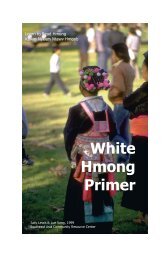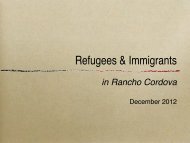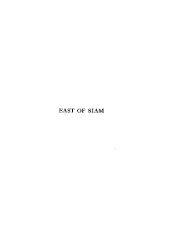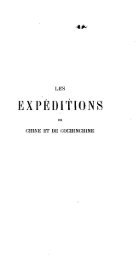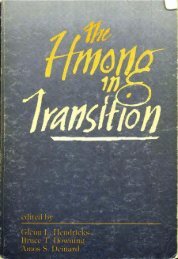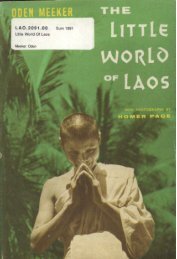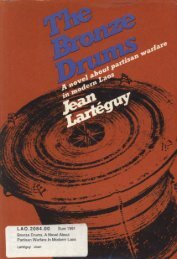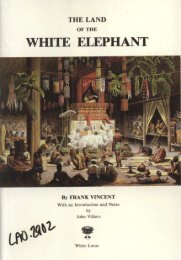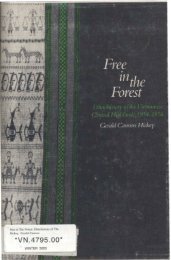and Temple Yards
iutnam From Rice Paddies and Temple Yards - Refugee Educators ...
iutnam From Rice Paddies and Temple Yards - Refugee Educators ...
- No tags were found...
Create successful ePaper yourself
Turn your PDF publications into a flip-book with our unique Google optimized e-Paper software.
TeachingILearning Sequence<br />
Studu Guide<br />
Level: Grade 2 - adult<br />
(The song may be Pansposed to suit the group's cornfurlable voice range.)<br />
1. Discuss:<br />
Discuss the matter of fmed <strong>and</strong> improvised music, <strong>and</strong> the importance of variation<br />
<strong>and</strong> personal interpretation in folk <strong>and</strong> traditional music of Vietnam <strong>and</strong> other<br />
parts of the world.<br />
Discuss the poetic text, including the symbolism of the flying bird. (The Puerto<br />
Rican song "La Paloma se FuP also uses the image of a bird that has flown<br />
away, never to return. The Appalachian song "The Cuckoo" has a similar<br />
feeling.)<br />
2. Listen to the recording:<br />
What is the organization of the song? Are there digerent sections? (Yes, solo<br />
<strong>and</strong> refrain.)<br />
*What American folk songs are organized in a similar way? ("Oh, Susanna,"<br />
"Old Joe Clark" <strong>and</strong> others). Sing them.<br />
Conduct the meter during the solo section, <strong>and</strong> clap (with two fingers) <strong>and</strong><br />
snap for the refrain. What is the meter? (Duple)<br />
Note the slight tremolo in the voice <strong>and</strong> monochord (indicated in the score by -).<br />
Name <strong>and</strong> describe the type of instruments that accompany the singers. (Dh tranh<br />
<strong>and</strong> d h b&; stringed, plucked zithers.)<br />
Do these instruments play together with the voice?(With the singers <strong>and</strong> also as<br />
introduction <strong>and</strong> for interludes.)<br />
3. Prepare to sing the song:<br />
Pronounce each phrase in its melodic rhythm, continuing to clap <strong>and</strong> snap the<br />
meter pulses.<br />
4. Sing the song:<br />
Sing the refrain together.<br />
Sing exercise #3, noting the difference between a plain <strong>and</strong> an ornamented melody.<br />
Sing with solfege <strong>and</strong>/or neutral syllables (la, ah etc.).<br />
I -<br />
Du Sol Ivh Mi Sol Do Re lk DD Re Do Re ...<br />
V<br />
&I Re Sol Mi Re Mi Re Re Sol ~e hli& 6 ~e hG Re 130.<br />
Sing the song together. Conduct <strong>and</strong> st<strong>and</strong> still for the solo. Walk the pulse, clap<br />
<strong>and</strong> snap the meter pulses, <strong>and</strong> sing the refrain.




